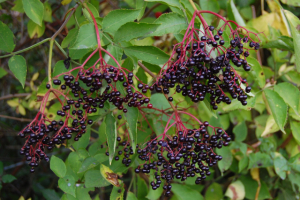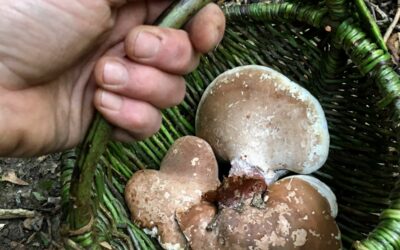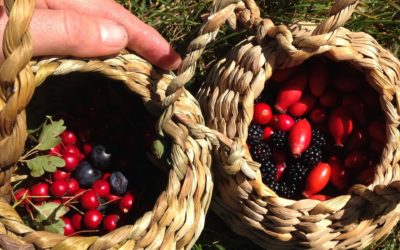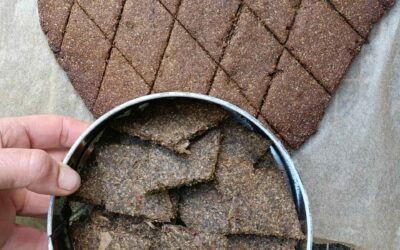Elderberry is well known for its antiviral and immune tonic effects which are in large part due to its antioxidant properties. It contains many vitamins and minerals, being especially high in vitamin C. In this recipe, the added spices, port and brandy give it warming properties, and make it a truly delicious medicine.

Once you get the berries home, rinse them and give them a quick dry on some kitchen towel (naturally-occurring yeasts on the berries can cause the elixir to ferment and ooze out of the jar, so this helps prevent that happening). Then remove the berries by running a fork down the stems.
Add brandy until 1/3 of the jar is filled with liquid, then add 1/3 port and top the final third up with honey (ideally raw, local honey). Stir everything thoroughly with a bamboo chopstick or glass stirring rod (avoid using a metal implement for this).

take a tablespoon in a small glass of warm water each evening as a preventative or half a teaspoon every couple of hours at the first sign of infection.
Weave your own elderberry foraging basket with Native Hands in Sussex woodland.


